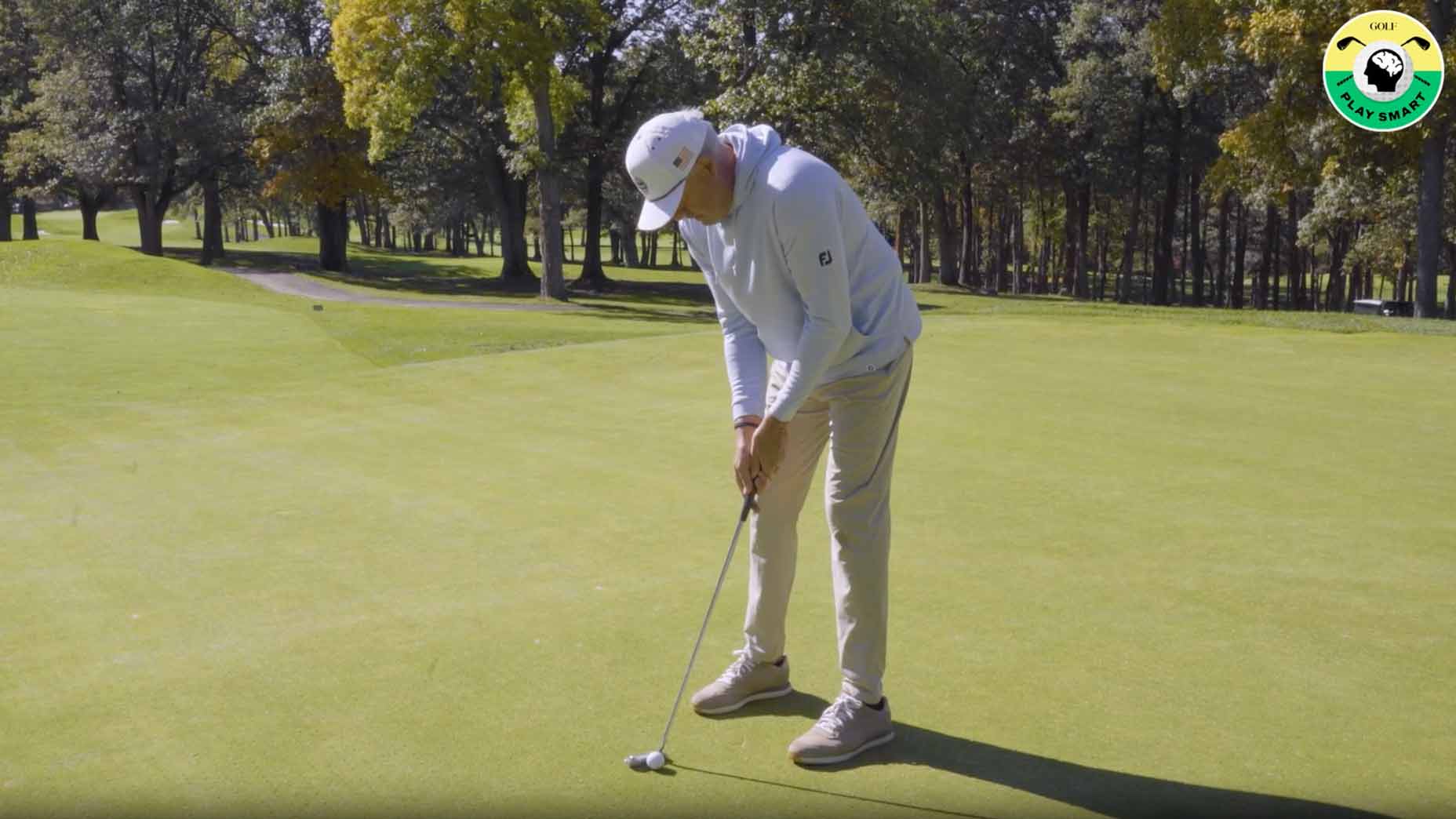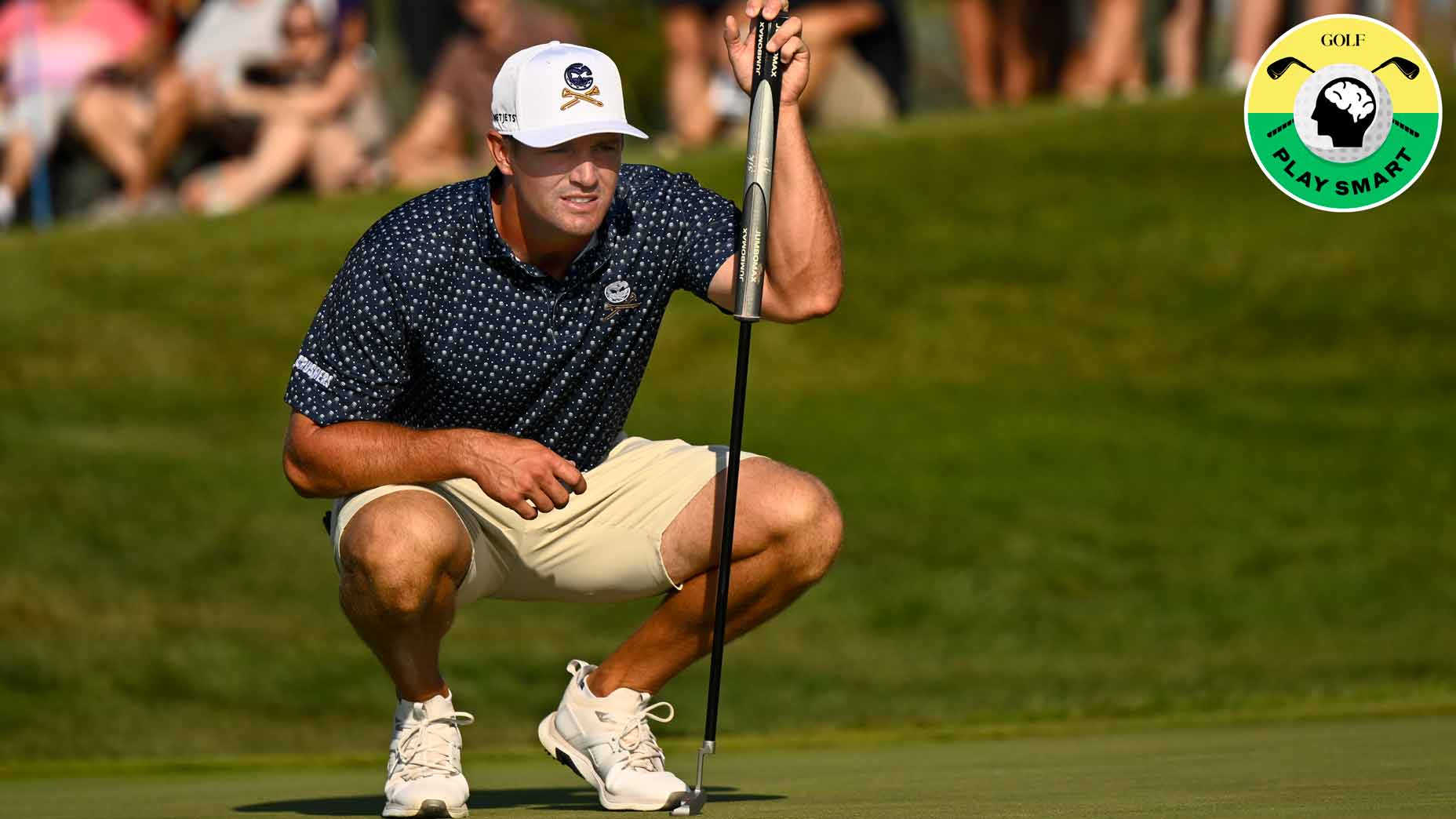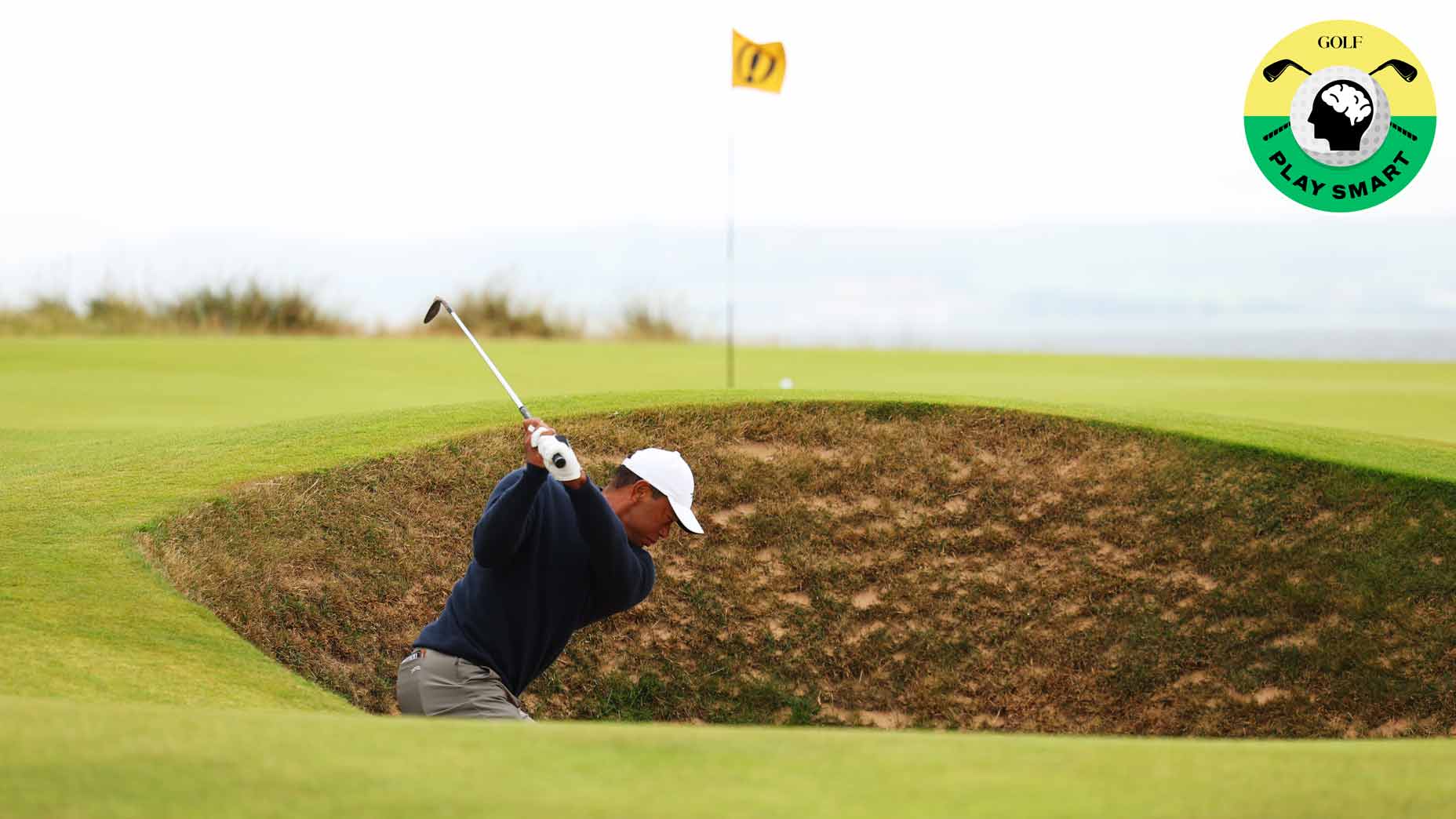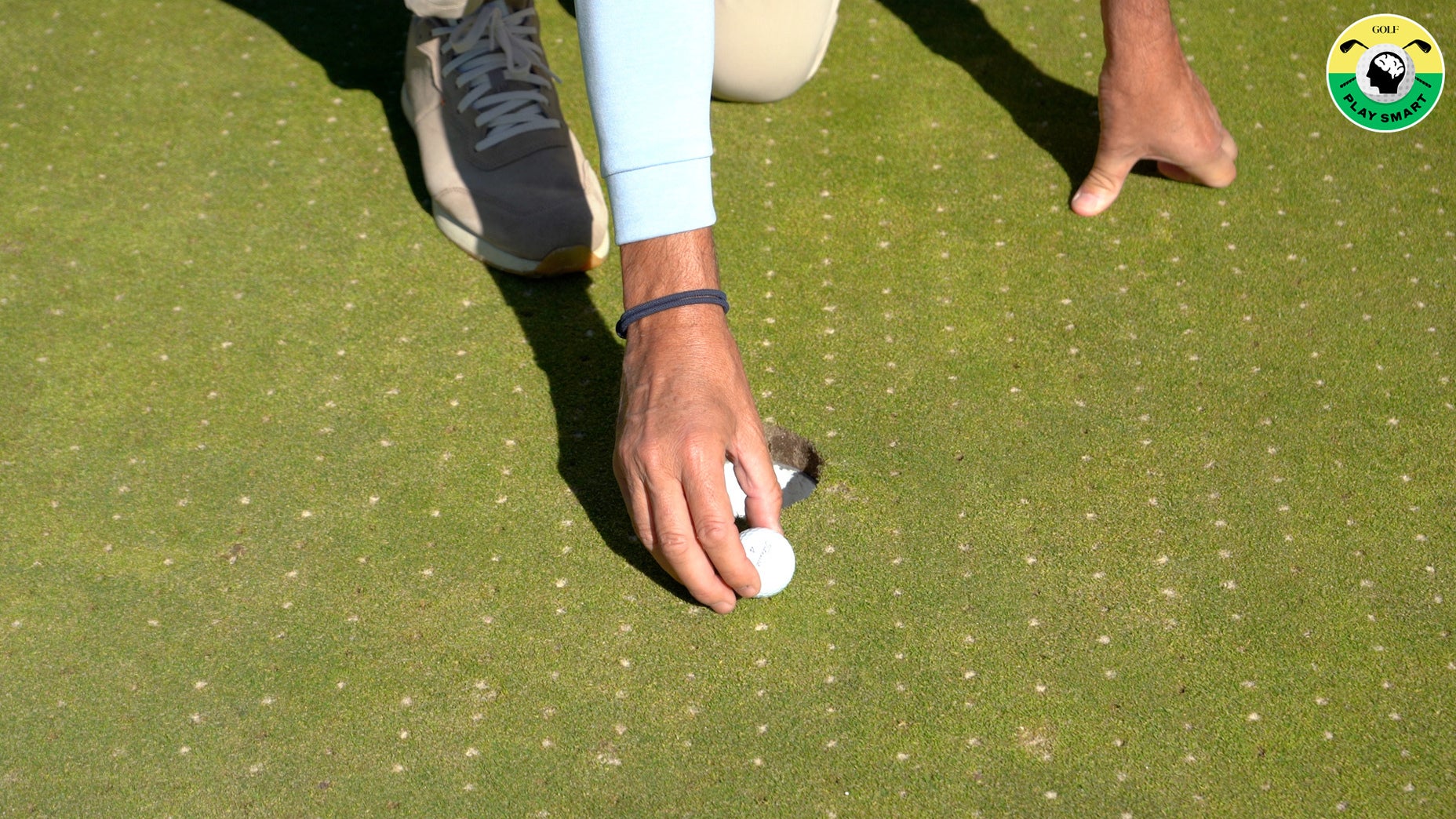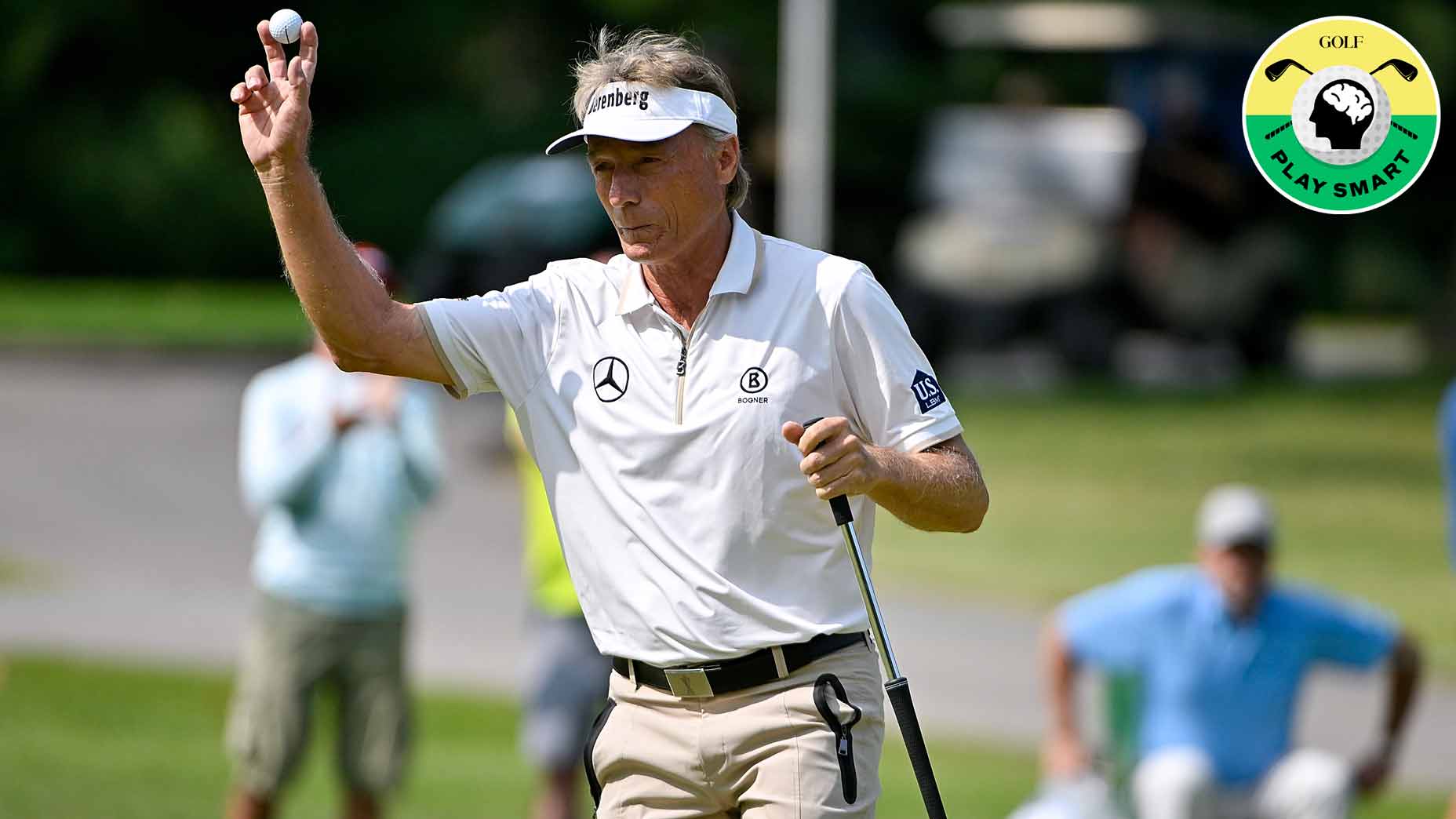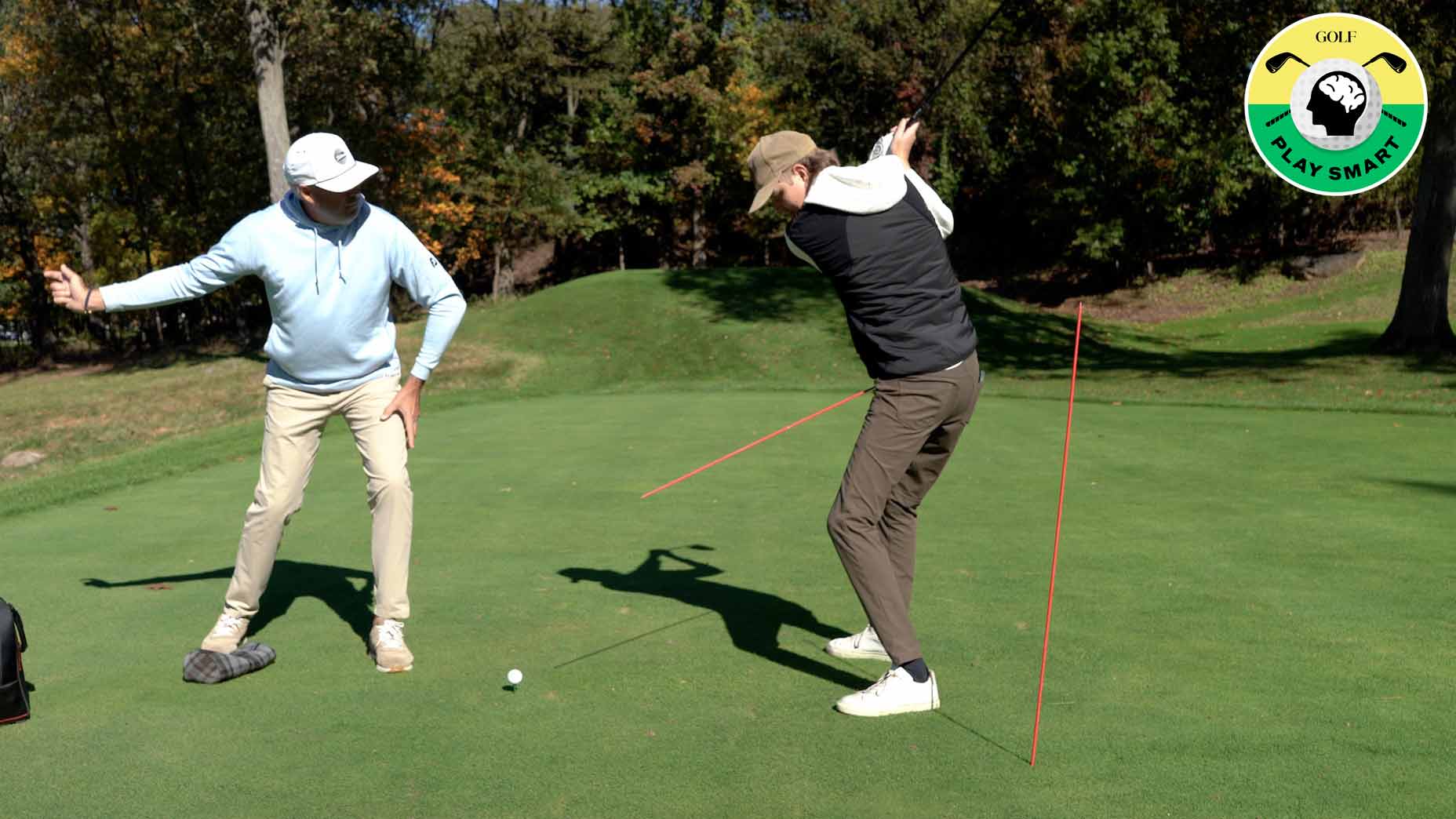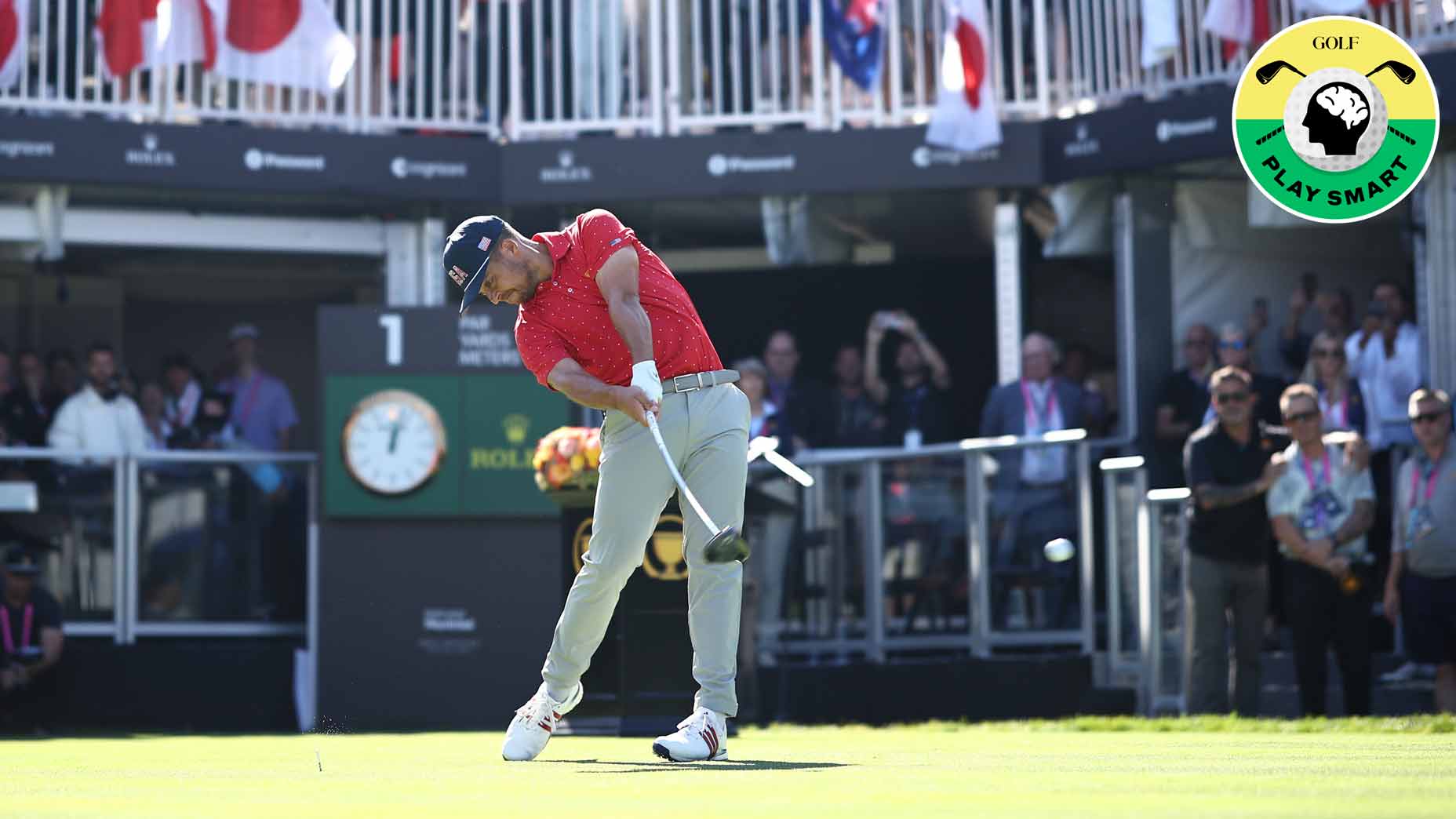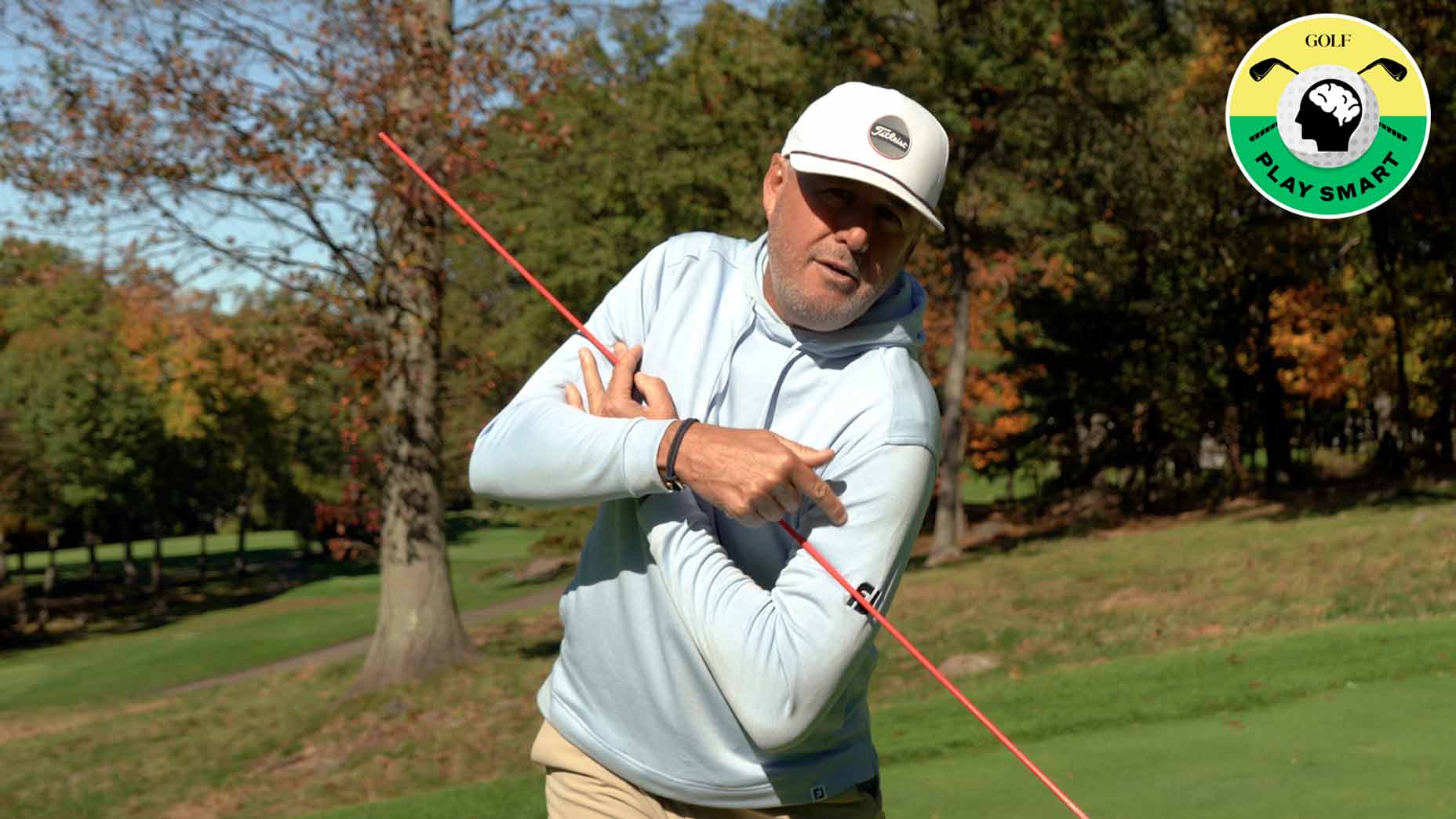Why this 1 mistake could be hurting your distance *and* accuracy
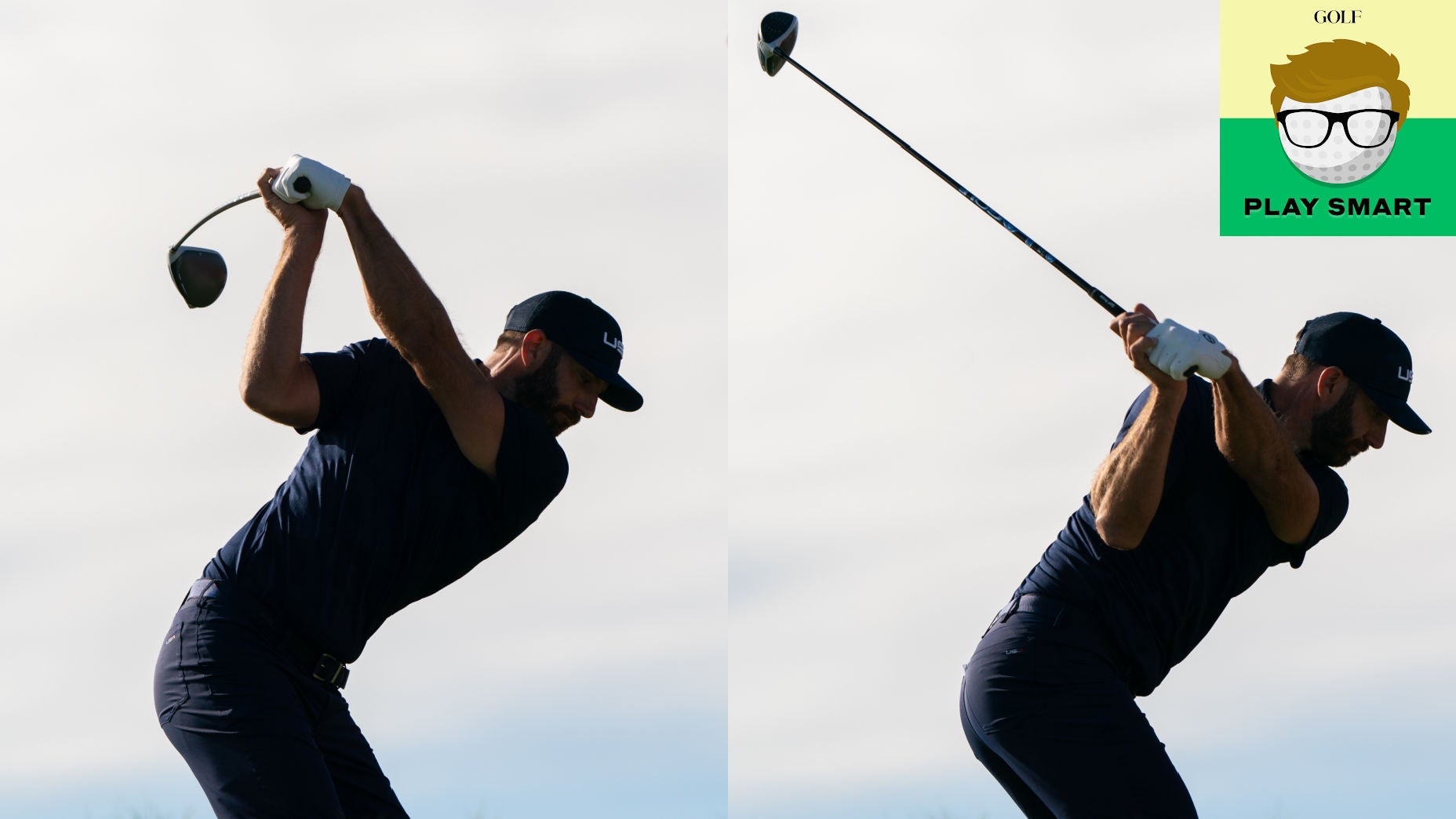
Shortening your backswing intentionally won't always have the effect you desire.
Getty Images
Welcome to Play Smart, a game-improvement column that drops every Monday, Wednesday and Friday from Game Improvement Editor Luke Kerr-Dineen to help raise your golf IQ and play smarter, better golf.
Golfers often think about their backswing in a binary way: Longer backswings mean longer drives but less accuracy. Shorter backswings mean the opposite: Shorter, but straighter, shots.
But when somebody comes along and does the opposite — like Jon Rahm’s short backswing finishing in the top 20 on the PGA Tour last season in Driving Distance, or the comparatively longer swing of Sungjae Im finishing 11th in Driving Accuracy — we write them off as insanely talented. Exceptions that prove the rule!

The only problem is that there seems to be an awful lot of exceptions and a bunch of golfers who swing about the same length on the backswing, with varying degrees of power and accuracy.
The notion of backswing length was one addressed by GOLF Top 100 Teacher Dana Dahlquist in the first video of his newly-launched digital project: The 150 mph blueprint (which you can check out right here). The project, which provides specific drills and programs to help golfers increase their clubhead speed, starts its first week by addressing various hurtful biases golfers, and teachers, have about the golf swing. One of those is the idea that shortening your backswing can make you more consistent.
It’s understandable why golfers think that way, Dahlquist says, because there’s an element of truth to it.
“It might be true if you’re talking about club parallel, or even left-arm parallel,” Dahlquist says, “but as you get to full backswing, it’s not all equal.”
The mistake: Shortening your backswing to hit the ball ‘straighter’
Counterintuitive as it sounds — that lengthening your swing may help you hit it straighter — Dahlquist says to visualize yourself spinning a chain in a circle, or cracking a whip. Keeping some slack in the rope itself allows you to use momentum to your advantage.
“When you shorten that chain, that’s when the movement becomes more chaotic and not as stable,” he says. “You want to make sure the chain free flows through its movement so nothing gets impeded.”
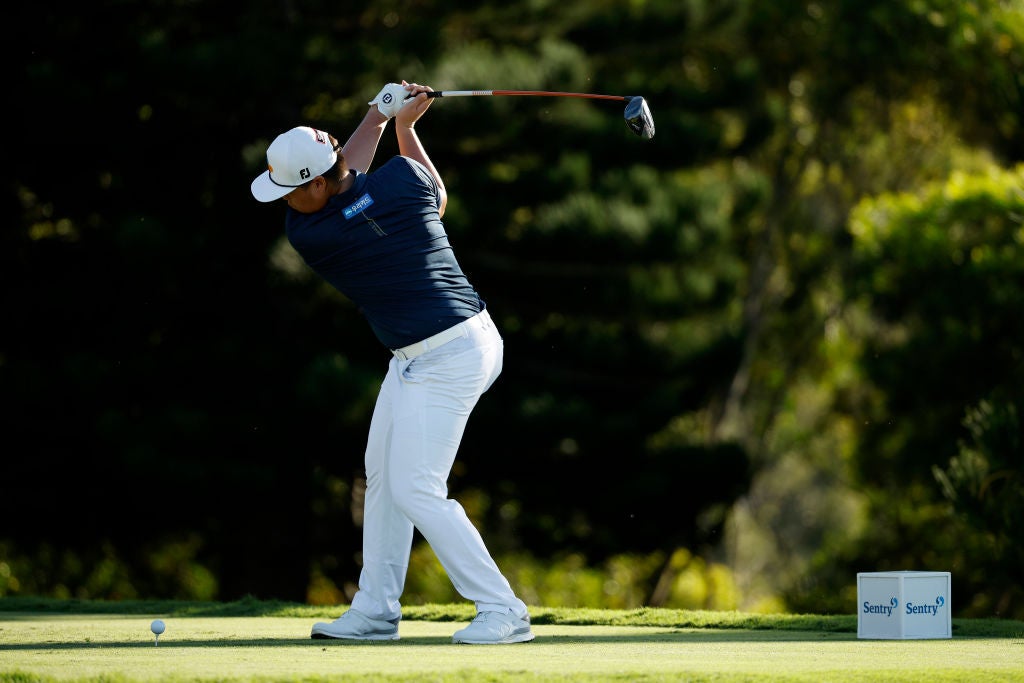
And therein lies the issue.
The backswing, as you can read about here, is a countermovement. You use your muscles move the weight of the club back, before transitioning the weight of club in the opposite direction. If you bring an abrupt end to this movement by shortening your swing, you start making short, jerky movements which throws off your timing and makes everything worse.
“The concept of going shorter will make the chain less consistent,” he says. “You want to make the chain reaction as consistent as possible, which gives you your best chance of hitting straighter drives as long as you can.”
The caveat here is that you don’t want to take this piece of advice and try lengthening your swing to the point where you start cheating your turn. What you’re trying to do is not chase a specific position, but find a rhythmic movement that allows you to transition the club back and through repeatedly. That’s what gives you your best chance at hitting better drives.
You can check out more of Dana’s project right here.


